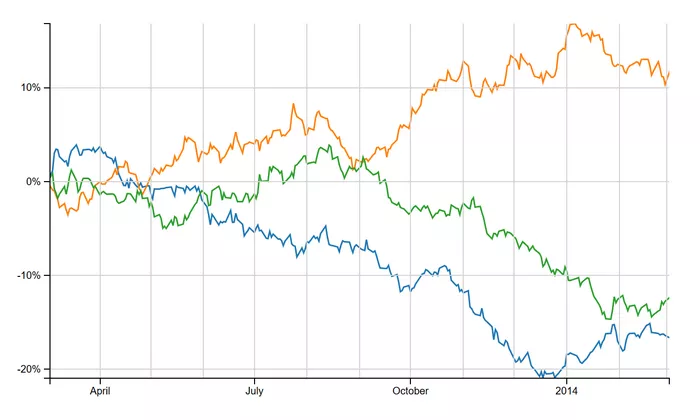Oil prices fell as traders reacted to a potential increase in US crude inventories and ongoing efforts by the Biden administration to establish a cease-fire in the Middle East.
Market Overview
Brent crude oil dropped toward $75 a barrel after rising over 4% in the previous two days. Meanwhile, West Texas Intermediate (WTI) hovered around $71. The American Petroleum Institute (API) reported a rise in stockpiles of approximately 1.6 million barrels last week, according to sources familiar with the data. Official inventory figures will be released later today.
Middle East Developments
In the Middle East, US Secretary of State Antony Blinken and Israeli Prime Minister Benjamin Netanyahu discussed the recent killing of Hamas leader Yahya Sinwar, which they believe may present new opportunities to end the ongoing conflict in Gaza. However, traders are cautious as they await Israel’s response to a missile strike from Iran earlier this month.
Supply and Demand Dynamics
October has seen significant volatility in oil prices, driven by fears of supply disruptions in a region that produces roughly one-third of the world’s oil. In Asia, China’s recent stimulus measures aim to combat an economic slowdown, which could boost energy demand. Yet, there are doubts regarding the effectiveness of these measures.
Goldman Sachs analysts, including Yulia Zhestkova Grigsby, noted that concerns over Iranian oil supply have diminished. The market’s focus is shifting back to potential oversupply risks in 2025. They stated, “Downside price risks from high spare capacity and potentially broader trade tariffs outweigh upside price risks from geopolitical supply disruptions.”
Related topics:





























